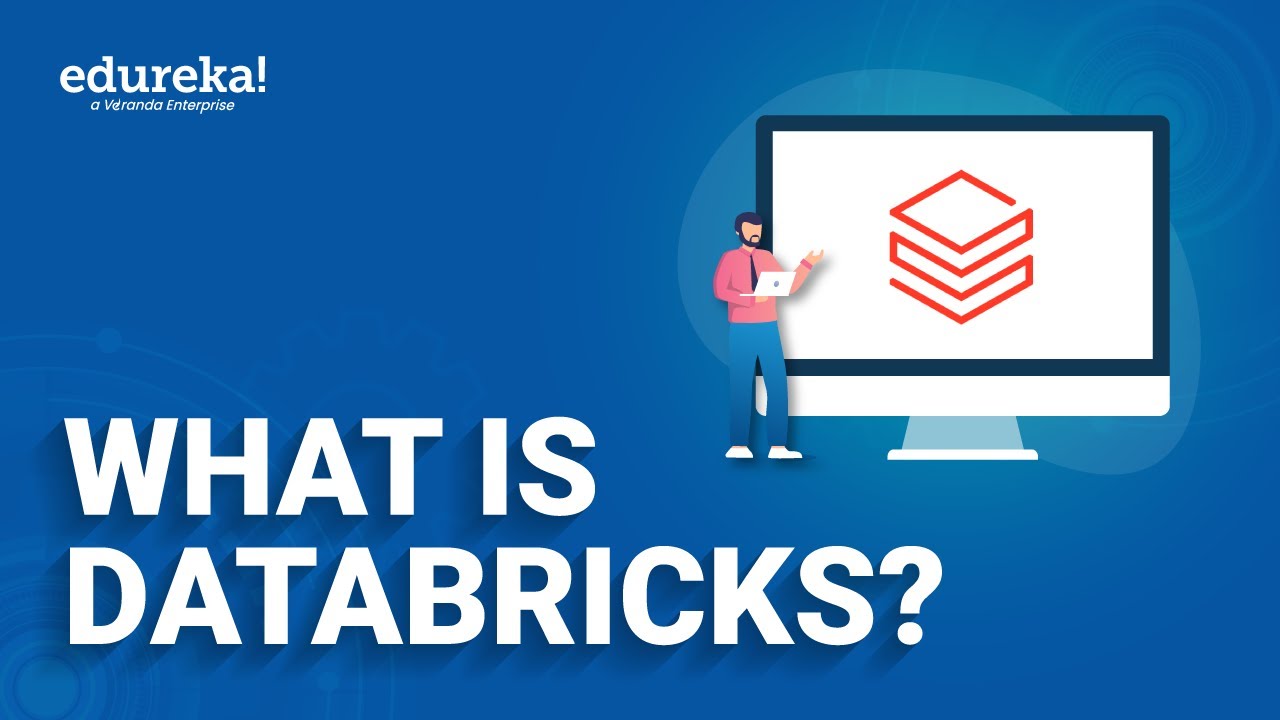Tutorial - Databricks Platform Architecture | Databricks Academy
Summary
TLDRThis video provides an insightful overview of the Databricks platform architecture, detailing its two primary components: the Control Plane and the Data Plane. The Control Plane, managed by Databricks in the cloud, handles backend services, storing essential elements like notebook commands securely. In contrast, the Data Plane processes data within the customer’s cloud account, utilizing compute resources called clusters. The video distinguishes between all-purpose clusters for collaborative analysis and job clusters for automated workloads, highlighting their management and configuration retention. Overall, it emphasizes the importance of understanding this architecture for effective data engineering and platform administration.
Takeaways
- 🛠️ The Databricks platform architecture consists of a Control Plane and a Data Plane.
- ☁️ The Control Plane manages backend services in Databricks' cloud account and is compatible with AWS, Azure, and GCP.
- 🔒 Data stored in the Control Plane, including notebook commands and configurations, is encrypted at rest.
- ⚙️ The Data Plane is where data is processed, hosting compute resources (clusters) within the customer's cloud account.
- 🔗 The Data Plane connects to various data stores, including SQL data sources and data lakes like S3 and Azure Blob Storage.
- 🌐 Databricks offers services for SQL, machine learning, and data science/engineering through its web application.
- 👥 All-Purpose Clusters facilitate collaborative analysis using interactive notebooks and can be manually managed.
- 🚀 Job Clusters run automated jobs and are created and terminated by the Databricks job scheduler for efficient processing.
- 🗃️ Configuration information for All-Purpose Clusters is retained for 70 recently terminated clusters, while Job Clusters retain information for 30.
- 💻 Clusters consist of driver and worker nodes, with workloads distributed by Apache Spark for optimal resource management.
Q & A
What is the primary role of a platform administrator in the Databricks architecture?
-The platform administrator is responsible for understanding the details of all components and their integration within the Databricks platform.
What components make up the Databricks architecture?
-The Databricks architecture consists of a control plane and a data plane, with the control plane managing backend services and the data plane handling data processing.
Where is the control plane hosted, and what data does it store?
-The control plane is hosted in Databricks' own cloud account, aligned with the customer's cloud service (AWS, Azure, or GCP). It stores elements such as notebook commands and workspace configurations.
What are the main functions provided by the Databricks control plane?
-The control plane allows users to launch clusters, start jobs, retrieve results, and interact with table metadata.
How does the data plane differ from the control plane?
-The data plane is where all data processing occurs, hosting compute resources (clusters) that reside in the customer's cloud account, while the control plane handles management and configuration tasks.
What types of services does the Databricks web application deliver?
-The Databricks web application delivers three services: Databricks SQL, Databricks Machine Learning, and the Data Science and Engineering workspace.
What is a Databricks cluster, and what is its typical use?
-A Databricks cluster is a set of computation resources and configurations used to run data engineering, data science, and data analytics workloads, including production ETL pipelines and machine learning.
What distinguishes all-purpose clusters from job clusters in Databricks?
-All-purpose clusters are designed for collaborative, interactive analysis using notebooks, while job clusters run automated jobs in a robust manner and cannot be restarted once terminated.
What happens to a job cluster after a job is completed?
-Once a job is completed, the job cluster is terminated by the Databricks job scheduler, ensuring an isolated execution environment for each job.
How long is configuration information retained for all-purpose and job clusters?
-Configuration information for job clusters is retained for up to 30 recently terminated clusters, while for all-purpose clusters, it is retained for up to 70 clusters terminated within the last 30 days.
Outlines

Этот раздел доступен только подписчикам платных тарифов. Пожалуйста, перейдите на платный тариф для доступа.
Перейти на платный тарифMindmap

Этот раздел доступен только подписчикам платных тарифов. Пожалуйста, перейдите на платный тариф для доступа.
Перейти на платный тарифKeywords

Этот раздел доступен только подписчикам платных тарифов. Пожалуйста, перейдите на платный тариф для доступа.
Перейти на платный тарифHighlights

Этот раздел доступен только подписчикам платных тарифов. Пожалуйста, перейдите на платный тариф для доступа.
Перейти на платный тарифTranscripts

Этот раздел доступен только подписчикам платных тарифов. Пожалуйста, перейдите на платный тариф для доступа.
Перейти на платный тарифПосмотреть больше похожих видео

03 Databricks High Level Architecture | Understand Control Plane & Data Plane | Roles in Databricks

Day-31 | KUBERNETES ARCHITECTURE USING EXAMPLES | Kubernetes is Easy #devops #k8s #devopscourse

5.1 Introduction to the Network-layer Control Plane

Day 5/40 - What is Kubernetes - Kubernetes Architecture Explained

What is Databricks? | Introduction to Databricks | Edureka

Intro To Databricks - What Is Databricks
5.0 / 5 (0 votes)
